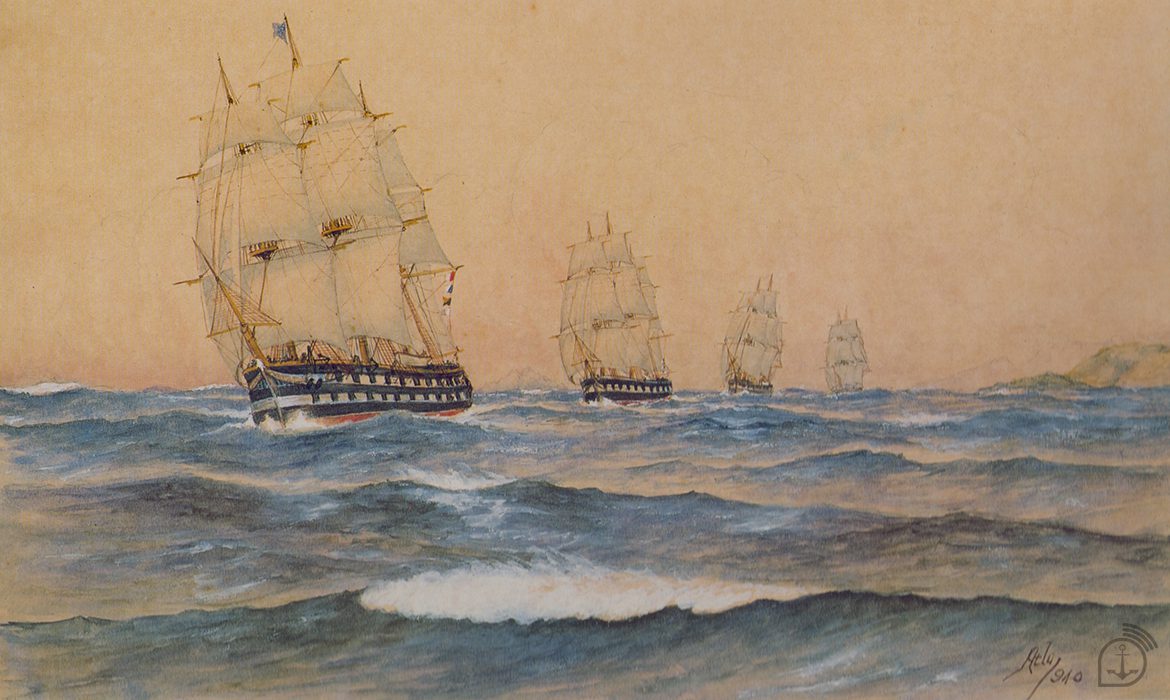Learn about the Navy’s role in the country’s consolidation process
By Lieutenant-Captain (RM2-T) Camila Marques de Almeida – Brasília, DF
The sea is our origin and sailing our vocation. To follow the history of the Brazilian Navy (MB) means to know more about the construction of our country. In this year of celebration of 200 years of Brazilian Independence, it is also important to remember the role of the Naval Force in the consolidation of the Homeland, especially in maintaining the territorial integrity of the country. The Naval Power played a significant role in the period of continuous threats to the interests of Portugal with respect to Brazil, its largest and most important colony.
According to the Director of Historical Heritage and Documentation of the Navy, Vice-Admiral José Carlos Mathias, “it is impossible to talk about the consolidation process of our independence without mentioning the Navy. Considered the ‘Patriarch of Independence’, José Bonifácio de Andrada e Silva, Minister of the Secretary of State of the Interior and Foreign Affairs of the government of the Regent Prince Dom Pedro de Alcantara, had already foreseen, with perspicacity, that the only viable way to achieve independence throughout the territory was the sea”.
The quick organization of the Imperial Navy, endowed with well-armed warships, could prevent the arrival of Portuguese reinforcements to Brazil and combat the Portuguese troops on the coast, besides transporting soldiers and supplies to support the fight for Independence on land. For professor and doctoral student in history, politics, and cultural assets, Jéssica de Freitas e Gonzaga da Silva, we cannot attribute the Brazilian independence process only to Dom Pedro’s “independence or death” declaration on the banks of the Ipiranga River on September 7, 1822. On the contrary, the transfer of the Portuguese Royal Family to the colony directly influenced this historical fact.
“Dom João established the Carioca capital as the center of power, providing the local political elite with experience in public administration, forming a base of legitimacy and the integration of the population. The apex of this process was 1815 after Brazil was elevated to the status of a United Kingdom, officially breaking the colonial pact,” explained professor Jéssica. In this sense, the Johannine period was a space of imperative experience for the action of the leaders of Rio de Janeiro, São Paulo, and Minas Gerais who, together with the popular support, fought for the country’s independence from the recolonizing threats from Lisbon.
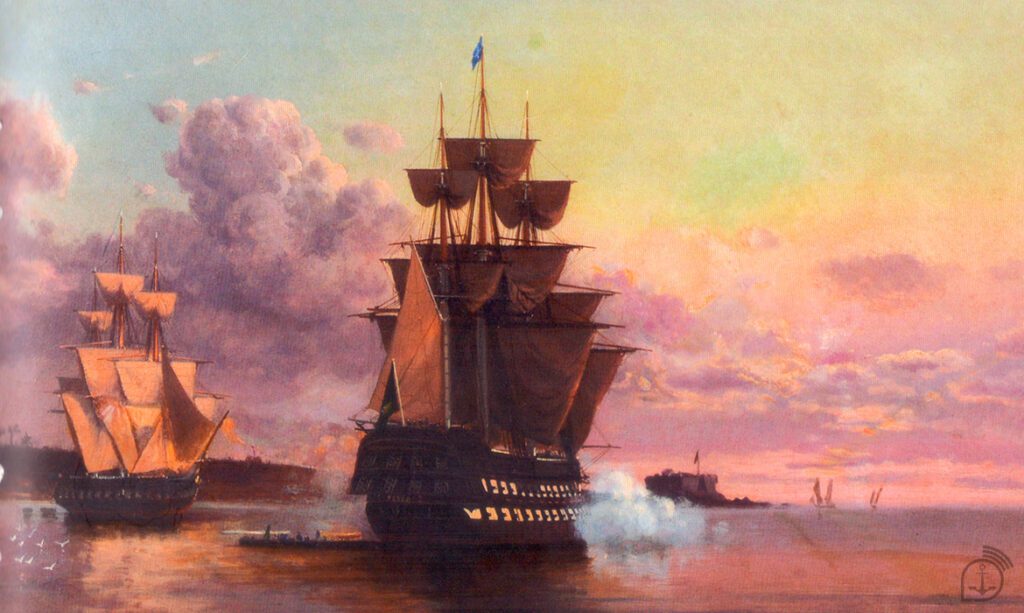
“It is also important to add the role of the Naval Force in this process. The maintenance of the territorial unity was guaranteed through the creation of the Navy which, by dominating the sea, used maritime communications to conduct troops, to defeat the Portuguese squadron in combat and, above all, to represent the authority of Dom Pedro I in the still resistant provinces, providing the newly independent country with a monopoly on the use of force”, clarified professor Jéssica.
Once the Imperial Navy, now the Brazilian Navy
200 years ago, the Brazilian Navy was born, created to fight the Portuguese naval forces that opposed the independence of Brazil. In October 1822, the then Captain of Sea and War Luís da Cunha Moreira, Viscount of Cabo Frio, was appointed the first Brazilian born to the position of Minister of the Navy of Independent Brazil. On November 10 of the same year, the national flag was hoisted for the first time on a Brazilian warship, the Nau “Martim de Freitas”, later renamed Nau “Pedro I”, the first Captaincy ship of the Fleet.
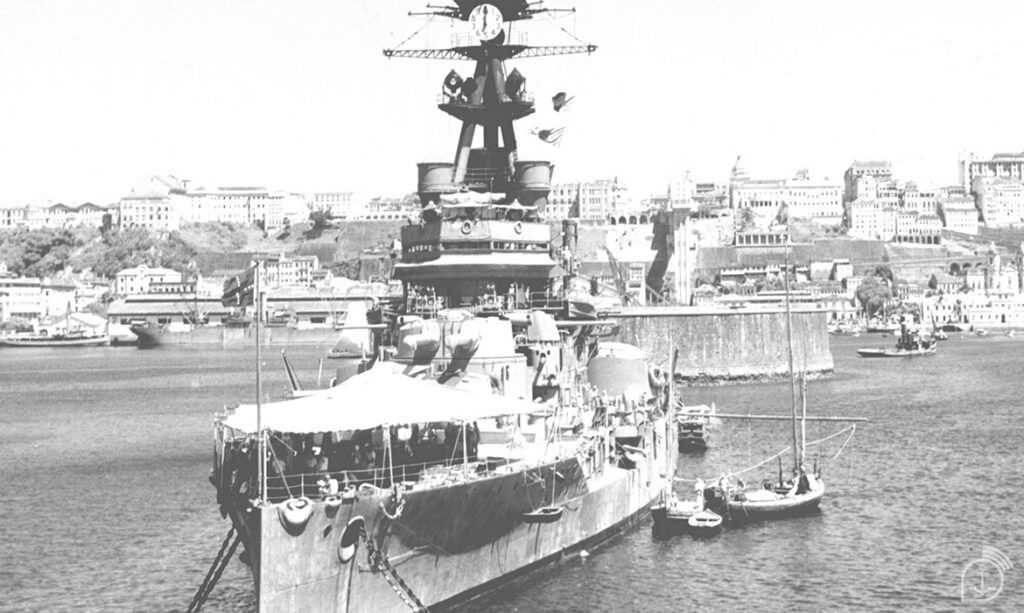
One of the first actions taken to establish the Imperial Navy was the immediate incorporation of the Portuguese ships left in the harbors, among which were the frigates “União”, “Real Carolina”, “Sucesso”, which were renamed respectively as “Piranga”, “Paraguaçu”, and “Niterói”; the corvettes “Maria da Glória” and “Liberal”; the brig “Reino Unido”, renamed “Cacique”.
The government also acquired some ships, such as the “Maipu” and “Nightingale” brigs that were renamed “Caboclo” and “Guarani”, thus forming the first Brazilian fleet. At the time, there was a need to increase the military personnel. According to the Chief of the History Department of the Directorate of Historical Heritage and Documentation of the Navy, Frigate Captain (T) Carlos André Lopes da Silva, there were few military personnel of Brazilian origin in that period, so it was necessary to negotiate with the Portuguese sailors, especially with the officers, in order to win their loyalties.
“Among the approximately 160 Portuguese Navy officers serving in Brazil, 94 declared loyalty to Dom Pedro. However, what may seem like an extensive membership, in practice, did not provide enough officers to crew the ships of the new Fleet. Thus, hiring Europeans, especially British, was the solution. More than 450 foreigners were hired, about 30 of them as officers, including the then Commander in Chief of the incipient Brazilian Fleet, Admiral Thomas Cochrane.
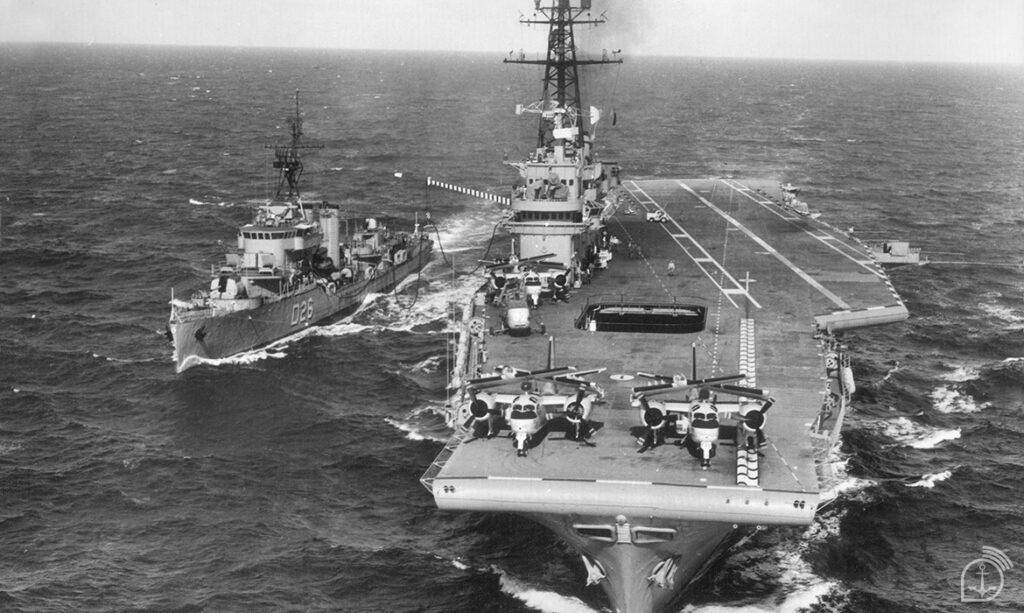
In this historical context, for Vice Admiral Mathias, “the bicentennials of Independence and of the Fleet are sides of the same coin. Therefore, to celebrate the 200 years of the Fleet is to remember and pay homage to Brazil’s rich history.
Today, the Brazilian Fleet is ready to fulfill the constitutional role of the Brazilian Navy: to prepare and employ Naval Power in order to contribute to the defense of the Homeland, safeguarding the integrity of its territory and Jurisdictional Waters which, added to the extension already claimed by the United Nations, constitute the strategic “Blue Amazon”, the Brazilian patrimony at sea.
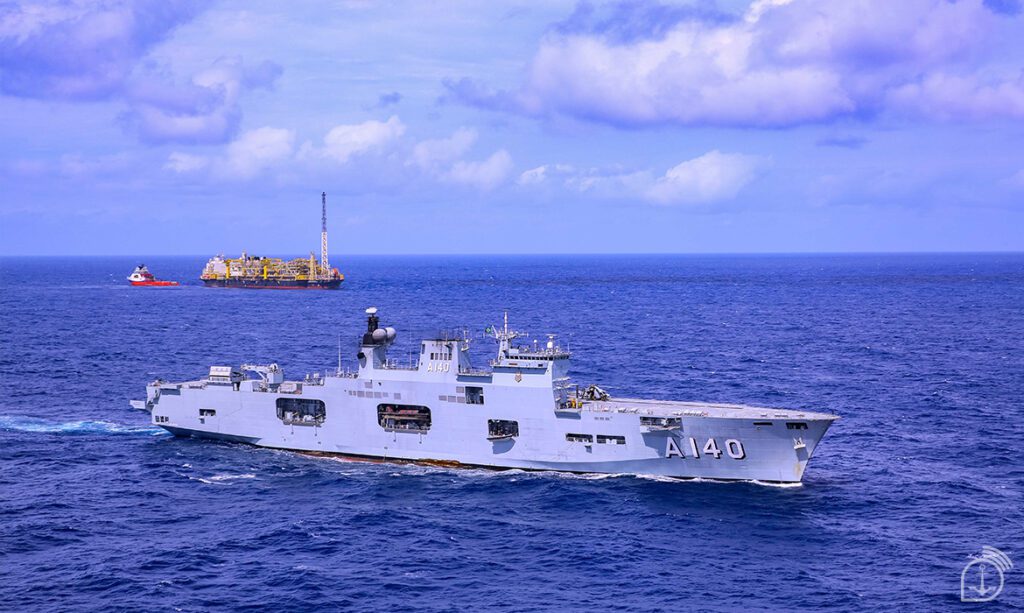
Today’s Navy remains faithful to the memory of the Independence Squadron and also contributes to the country’s development through the production of scientific knowledge and national technologies, in addition to acting in several civic and humanitarian actions.
Agência Marinha de Notícias *** Translated by the DEFCONPress FYI Team ***
